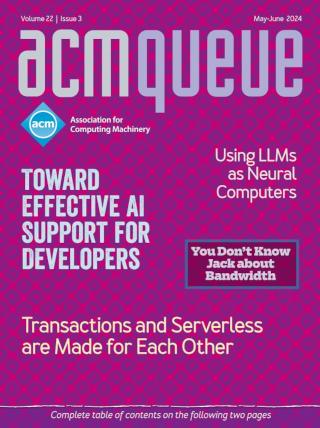George W. Fitzmaurice, Azam Khan, William Buxton, Gordon Kurtenbach, Ravin Balakrishnan - Sentient Data Access via a Diverse Society of Devices
It has been more than ten years since such "information appliances" as ATMs and grocery store UPC checkout counters were introduced. For the office environment, Mark Weiser began to articulate the notion of UbiComp and identified some of the salient features of the trends in 1991. Embedded computation is also becoming widespread. Microprocessors, for example, are finding themselves embedded into seemingly conventional pens that remember what they have written. Anti-lock brake systems in cars are controlled by fuzzy logic.
Rolf Ernst - Putting It All Together
With the growing complexity of embedded systems, more and more parts of a system are reused or supplied, often from external sources. These parts range from single hardware components or software processes to hardware-software (HW-SW) subsystems. They must cooperate and share resources with newly developed parts such that all of the design constraints are met. This, simply speaking, is the integration task, which ideally should be a plug-and-play procedure. This does not happen in practice, however, not only because of incompatible interfaces and communication standards but also because of specialization.
Homayoun Shahri - Blurring Lines Between Hardware and Software
Motivated by technology leading to the availability of many millions of gates on a chip, a new design paradigm is emerging. This new paradigm allows the integration and implementation of entire systems on one chip.
Ivan Goddard - Division of Labor in Embedded Systems
Increasingly, embedded applications require more processing power than can be supplied by a single processor, even a heavily pipelined one that uses a high-performance architecture such as very long instruction word (VLIW) or superscalar. Simply driving up the clock is often prohibitive in the embedded world because higher clocks require proportionally more power, a commodity often scarce in embedded systems. Multiprocessing, where the application is run on two or more processors concurrently, is the natural route to ever more processor cycles within a fixed power budget.
Comments
(newest first)





